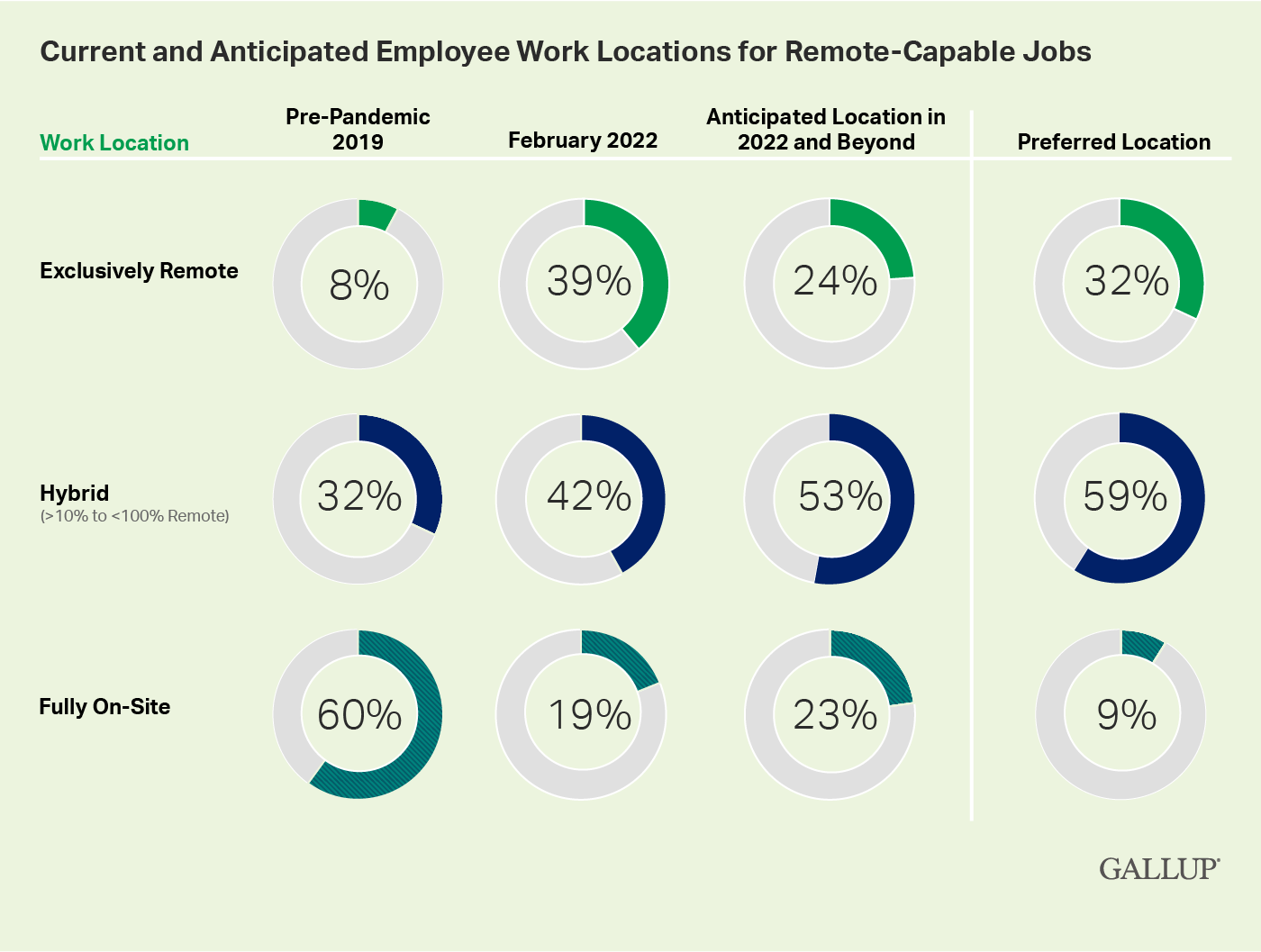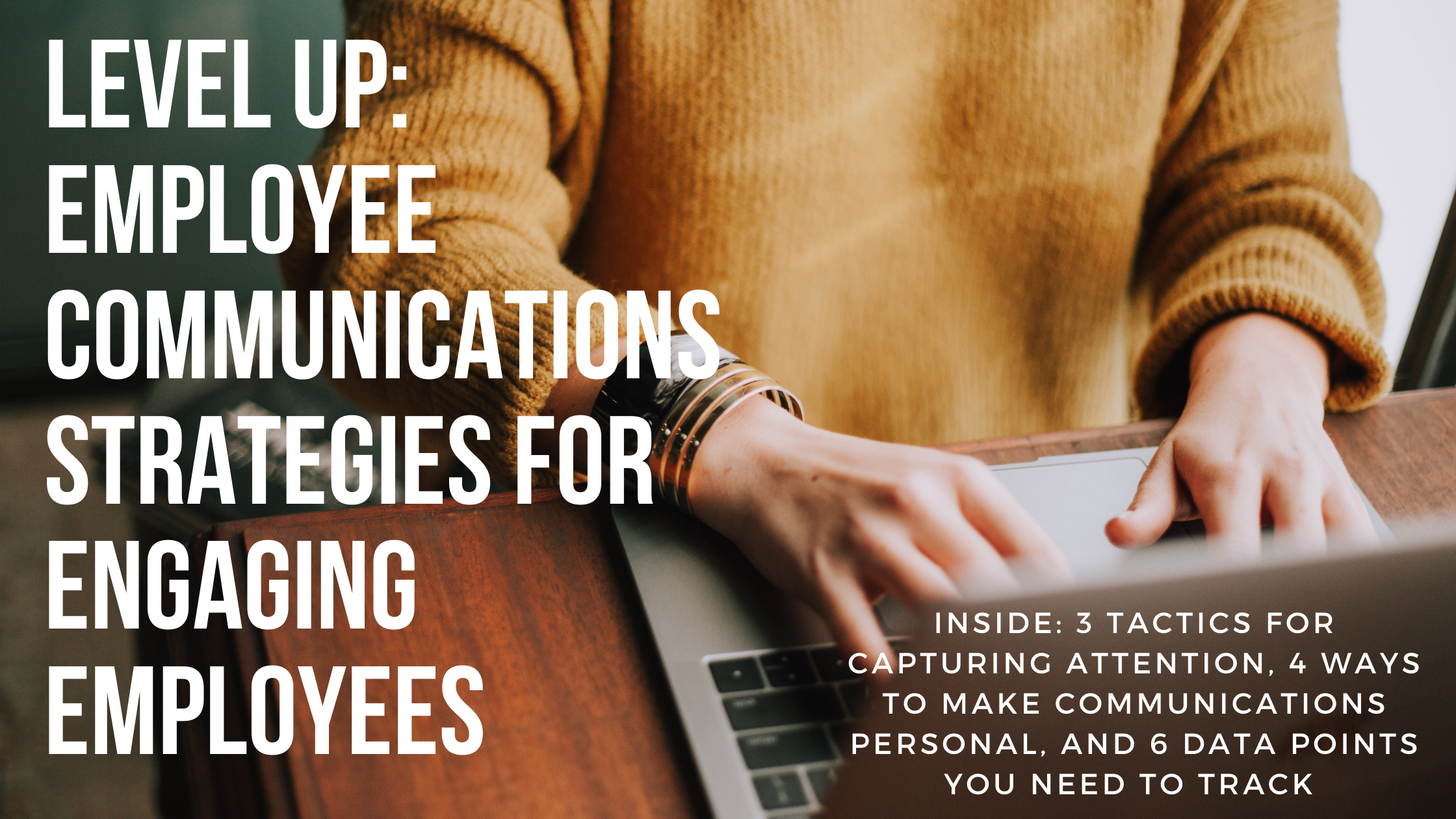Updated May 2022
Bill Gates predicted in November 2020 that half of all business travel and 30% of employees time in the office wouldn’t return once COVID-19 was gone. Turns out, the man was right. According to a Gallup poll conducted in March 2022, 23% of employees anticipate returning to work full time on-site.

If this is true, our employee communications will need to rely on non in-person strategies more than ever. In fact, Gallup says "Companies must cultivate thriving workplaces through a holistic and relentless commitment to employee engagement, wellbeing, exceptional managers and a strong company culture" or risk losing the employees to a job that is more flexible.
What does this mean for the continuing state of employee communications? If we can’t rely on the power of large in-person events, town halls, getaways, or conferences, we will have to continue to focus on the tried-and-true techniques of COVID-19 that we’ve already used.
- Thinking "virtual first"
- Using an agile approach to communications
- Shedding legacy practices that no longer work
Since the onset of COVID-19, we’ve seen a significant increased in employee engagement. To maintain this trend, employee communicators need to stay focused on:
- Targeting our messages: Making sure we're sending the most relevant communications, and segmenting into smaller audiences.
- Watching our email cadence: Reducing the volume, managing timing.
- Managing Teams/Zoom fatigue: Being mindful of time and a shortened attention spans.
- Innovating: Finding new ways to communicate that don’t interfere with employees' flow of work.
- Listening and Adapting: Using data and agile techniques to respond when engagement levels start to drop off.
- Staying up with the latest technology: Making sure that the communications department is running as smoothly and efficiently as possible.
If in the long run many more of us won’t be working in-person, we’ll need to continue to do what we do best… listen, learn and adapt to the ever-changing needs of our employees. We've come a long way in this COVID-19 crisis, and done a mighty job so far. Sustaining it will become our next challenge.
That can take the form of adapting business travel so that employees can experience human connections without discomfort, adopting new technologies that allow for stronger communications between the corporate office team and the work from home crew, and engaging employees with content in ways that blur the lines between everyday tasks and corporate messages.





